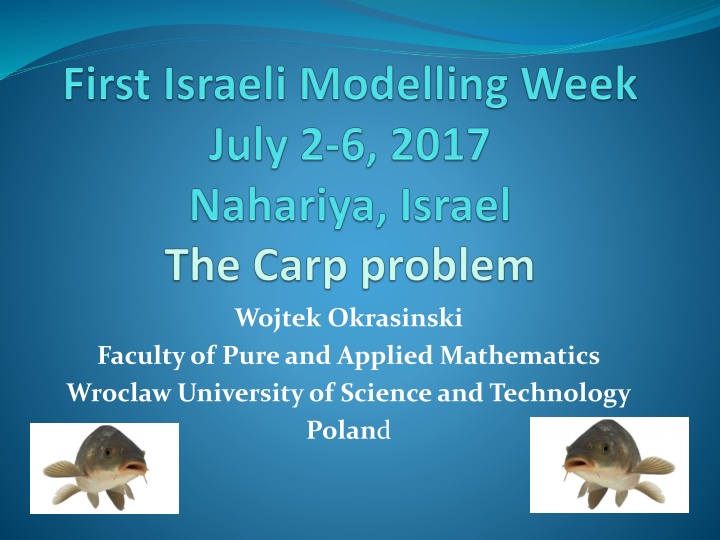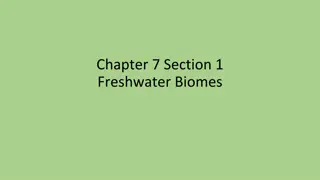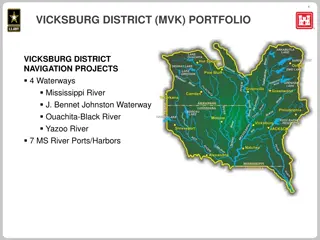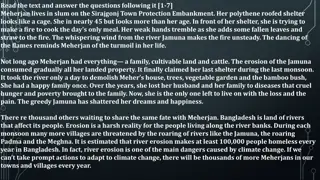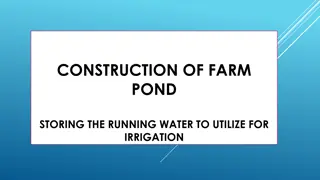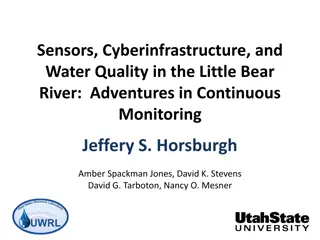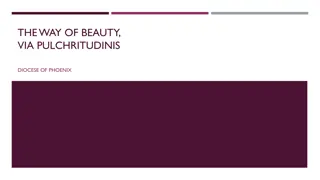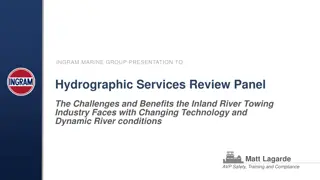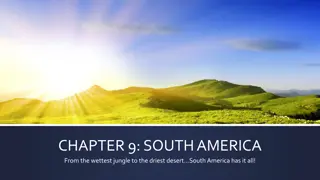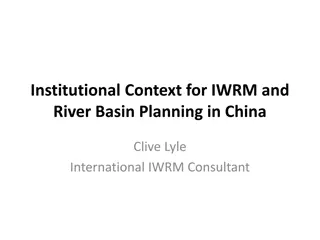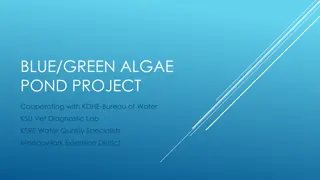Exploring the Rich History and Natural Beauty of Milicz Ponds and Barycz River
Discover the fascinating history behind the creation of the Milicz Ponds, the largest artificial pond collection in the world, dating back to the 12th century when monks excavated the ponds. Explore the traditional carp production practices maintained for over 800 years by skilled fishermen. Delve into the scenic beauty of the Milicz Ponds and Barycz River in present times through stunning aerial views capturing the essence of autumn and winter.
Download Presentation

Please find below an Image/Link to download the presentation.
The content on the website is provided AS IS for your information and personal use only. It may not be sold, licensed, or shared on other websites without obtaining consent from the author.If you encounter any issues during the download, it is possible that the publisher has removed the file from their server.
You are allowed to download the files provided on this website for personal or commercial use, subject to the condition that they are used lawfully. All files are the property of their respective owners.
The content on the website is provided AS IS for your information and personal use only. It may not be sold, licensed, or shared on other websites without obtaining consent from the author.
E N D
Presentation Transcript
Wojtek Okrasinski Facultyof Pureand Applied Mathematics Wroclaw Universityof Science and Technology Poland
A bit of information In the 12th century, monks began to excavate carp ponds - the Milicz Ponds were created. Waters were funnelled from the river Barycz. The more than 100 Milicz Ponds represent the world's largest collection of artificial ponds as the area spreads over 70 km . The Barycz plain has a surface of 5,535 km - 10 times larger than Lake Constance.
A bit of history The carp production is based on traditional farming Most of the work, for eight hundreds of years, is hand-made by skilled fishermen. practices.
Brief description of the carp cultivation The production cycle of Milicz carp is 3 years and consists of 5 stages:
1. Spawning The selected for spawning. It is carried out in natural ponds. Spawning takes place in May and June in shallow water. The hatching occurs after 3-5 days. After hatching measure is about 5 mm. best specimens are the larvae
2. Summer fry The caught hatchery is reared in small shallow where hatching in 3-6 weeks, thanks to very good nutritional conditions, growth rate, in a short time. It grows to a weight of about 5-10 grams. warm ponds, achieves rapid
3. Autumn fry The next stage of the production cycle is the third one, summer fry is moved to bigger ponds. The fry is caught in autumn of the same year. Autumn fry has the weight 50 to 100 grams. The fry is fed with cereal grains until the end of September. in which
4.Kroczek ponds In the autumn the much larger areas ponds - from several to several dozen hectares of greater depths. Next autumn 250-500 grams are caught . The second year carp is so-called kroczek (in Polish). It is the second year of production from spawning. fry is moved to the carps of
5.Commercial ponds Next the carp kroczek is moved to commercial ponds. In ponds carps are reared with other species of fish, not competing with them in of food. Fish in commercial ponds are fed with cereal. The most intensive feeding occurs from June to August. In October after 3 years of breeding begins the carp harvest.
Carp cultivation - summary Year of cultivation Type of pond Area of ponds Average depth 1.Spawning 2.Summer fry (3- 5 weeks) 100-1000m 40 cm First 0.5-3 ha 50-100 cm 3.Autumn fry 1-15 ha 120- 150 cm Second 4.Kroczek 2-20 ha 150-170 cm Third 5.Commercial 5-50 ha (&more) 170 200 cm
One of main farm problem From the carp farm point of view the optimization production from stage 2 to 5 is very important. of
One of main questions: How much fry should be used at the stage 2 to obtain the best results at the end of stage 5? We can control the input at the point 3. We can also slightly control level of water at ponds and rate of feeding.
Thank you! And good progress in the problem solving!
